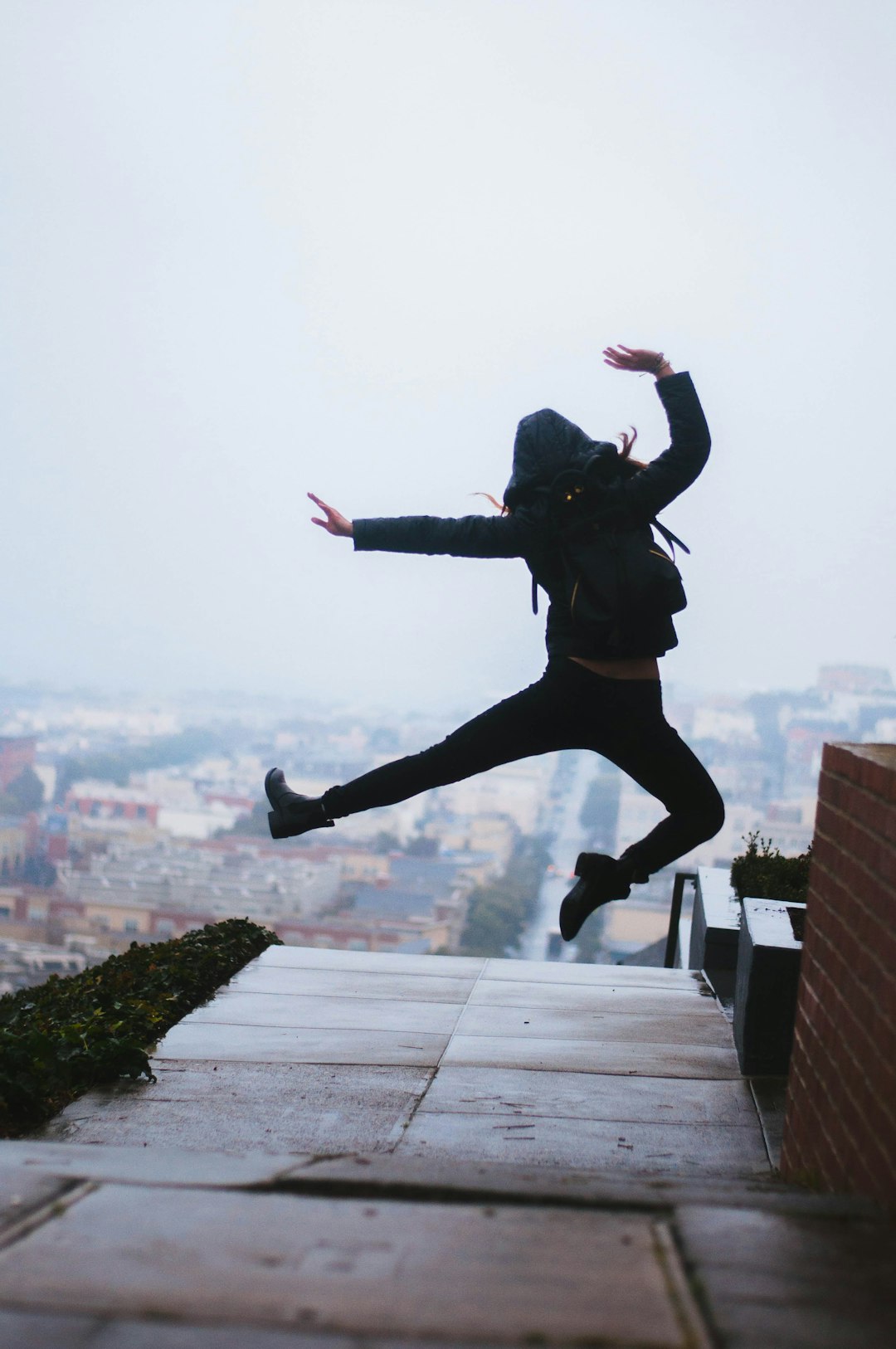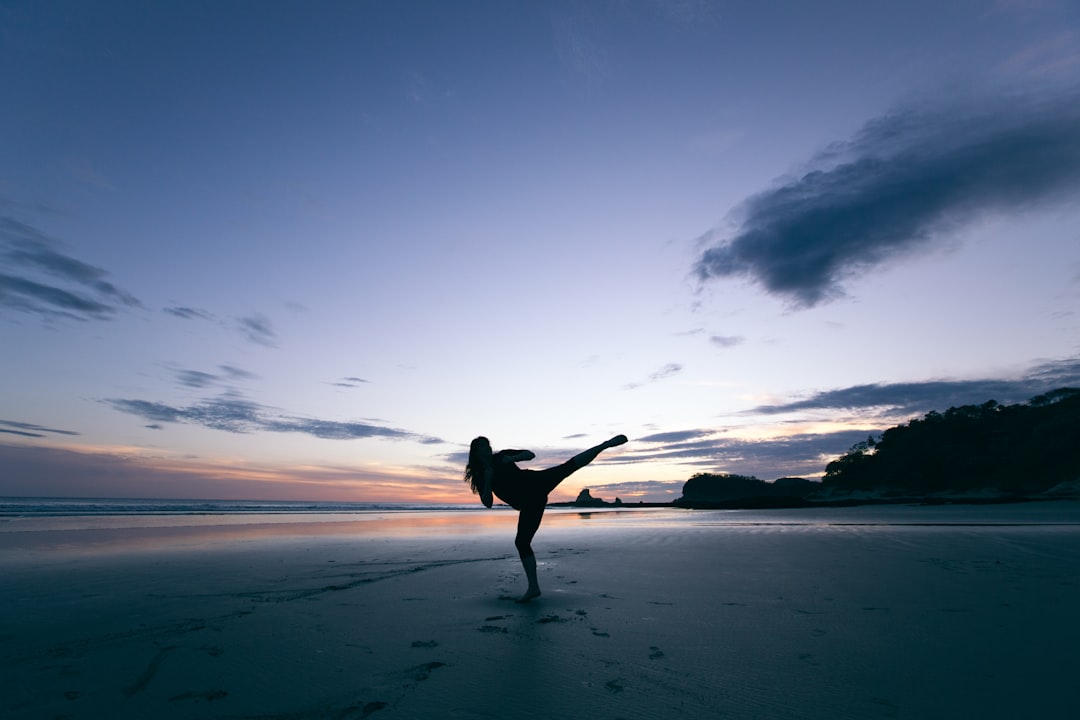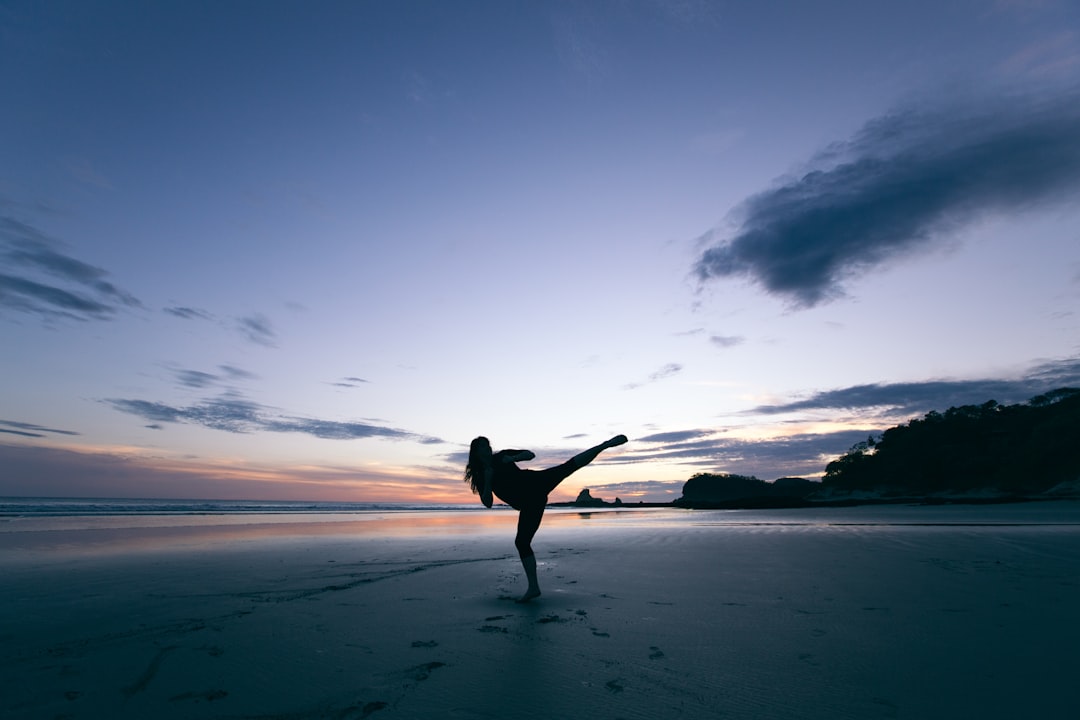Karate is a martial art with deep cultural roots in Okinawa, offering a comprehensive practice that can be effectively adapted for home training. To start, focus on mastering the basics: essential stances, understanding katas, and executing kihon techniques like punches, blocks, and kicks. A karate uniform, or gi, is more than just clothing; it's a symbol of respect and readiness in the discipline, aiding movement and technique execution. When training at home, choose a well-fitted gi that's appropriate for your skill level to ensure authenticity and safety. Consistent practice of these fundamental elements allows you to embark on a meaningful karate journey from your living space, tailoring your routine to fit your schedule while maintaining the essence of the art.
The karate uniform, known as a gi, is a cultural emblem that represents the practitioner's humility and respect for karate. It's worn during training and symbolizes the core principles of respect, discipline, and humility inherent in the practice. Home training not only allows for an immersive experience into karate's philosophical aspects but also fosters awareness, focus, and a deeper understanding of its core values, all encapsulated by the significance of the karate uniform.
For effective home training, set up a dedicated space that is at least 6 by 4 meters for unobstructed movement. Invest in a high-quality gi to ensure proper form and familiarity with your training attire. Safety measures include using suitable flooring, like cushioned mats, to prevent injuries and mimic a dojo environment. Keep track of your progress through journaling or video recording your sessions to monitor improvements and identify areas for development.
Karate is a dynamic martial art that combines physical prowess with philosophical discipline, offering a path to both personal defense and mental clarity. Whether you’re an enthusiast looking to practice at home or a seasoned practitioner seeking to maintain your routine, training karate can be a rewarding endeavor. This article serves as a comprehensive guide for karateka of all levels to master the art of karate within the confines of their own living spaces. We’ll delve into the history and philosophy that underpin this martial art, ensuring you understand its foundational principles before moving on to the practical aspects of home training. From setting up a dedicated training area to mastering basic moves like stances, punches, and kicks, each step will be detailed with the aim of enhancing your skill set. We’ll also explore the significance of the karate uniform, commonly known as a Gi, which is an integral part of traditional practice. Additionally, this guide will provide insights into developing progressive drills and routines, including advanced exercises for more experienced practitioners. Mental discipline and physical fitness are equally vital components of karate training, so we’ll cover methods to cultivate focus, mental resilience, and a balanced lifestyle to support your home training regimen. Whether you’re an aspiring martial artist or someone looking to add structure to your workout routine, this article will equip you with the knowledge to effectively train karate at home.
- Understanding Karate Fundamentals: A Primer for Home Training
- – Exploring the history and philosophy of karate
- – Key principles to master before advancing
- – Introduction to the traditional karate uniform (Gi) and its significance
- Setting Up Your Home Karate Training Space
Understanding Karate Fundamentals: A Primer for Home Training

Karate, a disciplined martial art with origins in Okinawa, Japan, encompasses various styles and techniques that can be effectively practiced at home. To begin training karate in your personal space, it’s crucial to familiarize yourself with the fundamentals of the art. What are the essential elements of karate that one should understand before starting home training? For starters, understanding the basic stances and movements is key. These include the katas, which are choreographed sequences of movements, and the kihon, or fundamental techniques, such as punches, blocks, and kicks. How do these foundational elements translate into a home training regimen? By focusing on these core components, you can create a structured and effective practice routine that honors the tradition of karate while accommodating your home environment.
Apart from the physical techniques, a karate uniform, also known as a gi, plays an important role in proper training. Is it necessary to wear a karate gi for home practice? Yes, donning a traditional karate gi helps you move with ease and provides the correct amount of resistance for executing techniques correctly. It also signifies respect for the discipline and prepares your body for the physical demands of karate. When selecting a gi, opt for one that is comfortable, well-fitted, and suitable for your belt level. By adhering to these guidelines and incorporating the essential fundamentals into your daily routine, you can progress in your karate practice from the comfort of your own home.
– Exploring the history and philosophy of karate

Karate, a discipline that originated on the Ryukyu Islands now known as Okinawa, Japan, is a martial art with a rich history and profound philosophical underpinnings. Rooted in the ancient traditions of these islands, karate evolved as a means of self-defense, reflecting the cultural and social values of its practitioners. The practice, which was later formalized and named “karate,” translates to “empty hand,” signifying the use of one’s own body as a weapon. Over time, karate has spread globally, influencing various cultures and becoming an Olympic sport. A karate uniform, traditionally known as a gi, is a symbol of humility and respect for the practice, worn by practitioners during training and performances. What started as a form of self-defense in feudal Okinawa has now become a global phenomenon, embraced by millions worldwide for its physical benefits, mental discipline, and philosophical depth.
The philosophy of karate is deeply intertwined with the concept of harmony between mind, body, and spirit. It teaches principles such as respect, discipline, humility, and the importance of self-reflection. Practitioners learn that strength is not merely physical but also a mental fortitude that allows one to overcome challenges both on and off the mat. The karate uniform, or gi, serves as a reminder of these values every time it is donned. It is not just a garment but a representation of the wearer’s commitment to these ideals. Are the philosophical aspects of karate emphasized in home training? Absolutely, as the solitude of personal practice can heighten one’s awareness and focus, allowing for deeper introspection and understanding of karate’s core principles.
– Key principles to master before advancing

Before attempting to advance in karate training at home, it’s crucial to master several key principles that form the foundation of this martial art. Understanding and practicing the correct posture, or ‘kamae,’ is essential for performing techniques effectively. Your stance should always be stable and balanced, with your feet shoulder-width apart and knees slightly bent. Additionally, maintaining proper body alignment from head to toe is vital; this ensures that energy, known as ‘ki’ in Japanese, flows efficiently throughout your body. Remember, a karate uniform, such as a gi, is not just a garment but a symbol of respect for the discipline you are embarking on. It’s important to don the correct attire to foster a mindset aligned with the principles of karate. Are you familiar with the different types of kicks in karate and their execution? The most fundamental kicks include the front kick, back kick, and roundhouse kick. Each serves a distinct purpose and must be practiced repeatedly to master their forms and techniques. Once you have these movements down, you can begin to incorporate them into more complex routines and kata, which are structured sequences of movements.
In terms of training at home, focusing on the basics is non-negotiable. This includes not only the physical aspects like punches, blocks, and kicks but also the mental discipline required to stay focused and disciplined during your practice sessions. Do you know what ‘kihon’ encompasses? It refers to the fundamental movements and techniques in karate, including basic stances, punches, and kicks. Regularly practicing these will build a strong foundation for your training. Additionally, developing control over your breathing is key; proper breathing techniques, or ‘koken,’ help maintain stamina and focus during exercises. Are you ready to start integrating these elements into your home training regimen? Begin with a warm-up to prepare your body, followed by practicing each technique slowly and with intention. Over time, as your skill level improves, you can gradually increase the intensity and complexity of your workouts while ensuring that you maintain proper form and technique. Remember, consistency is paramount in karate; regular practice is essential for progress.
– Introduction to the traditional karate uniform (Gi) and its significance

When practicing karate at home, donning the traditional karate uniform, commonly known as a Gi, is both a nod to the discipline’s rich history and a practical choice for training. The Gi, which translates to “uniform” in Japanese, is a key component of any karateka’s (practitioner’s) attire, serving as a universal symbol of respect for the martial art. It consists of a jacket, trousers, and a belt, known as an Obi, which signifies rank or level within the practice. The Gi allows practitioners to move with ease during techniques and kata (formal sequences of movements), providing minimal impedance while still being durable enough to handle the rigors of training. What’s more, the white color of the Gi represents purity and neutrality, promoting a mindset of humility and equality among all karatekas. Is the Gi simply a traditional garment, or does it hold significance beyond its aesthetic? The Gi is indeed more than just a uniform; it embodies the discipline and respect integral to karate practice. It is a tangible reminder of the traditions and values that have been passed down through generations of practitioners, and wearing it helps to foster a sense of unity and dedication within the karate community.
For those training at home, investing in a proper Gi can enhance the experience by providing the correct sensory feedback during practice, helping to refine techniques. It is often made of cotton or hemp for durability and comfort, allowing for a full range of motion while absorbing perspiration, which is essential during intense workouts. Additionally, the weight and texture of the Gi can offer subtle resistance that aids in the development of proper form and execution of movements. Whether you are a beginner or an advanced practitioner, the Gi plays a pivotal role in your karate journey, both as a tool for training and as a symbol of your commitment to the art.
Setting Up Your Home Karate Training Space

To begin your home karate training journey on a solid foundation, setting up a dedicated space is key. Firstly, ensure you have enough room to practice your movements without obstruction; a clear area of at least 6 by 4 meters is ideal for performing kata and practicing techniques effectively. Secondly, invest in a quality karate uniform, often known as a gi, which will not only facilitate proper form and movement but also help you acclimate to the attire you’ll be wearing during official training sessions. What kind of surface are you training on? It’s best to train on a mat that provides cushioning for your joints, reducing the risk of injury from falls or impacts. Are the floors in your chosen space hard and slippery? Mats will also prevent any accidents caused by loss of footing. Additionally, consider the flooring; options like foam mats or tatami mats are excellent choices for absorbing shock and mimicking a dojo environment. With your training space set up with a focus on safety, comfort, and functionality, you’re well on your way to effective home karate training. How will you track your progress? Keep a journal or video record your sessions to monitor improvements over time.
practice consistently, focusing on the fundamentals of karate as outlined in this guide. By setting up a dedicated training space and donning your karate uniform, you’ll be well-equipped to cultivate discipline and improve your skills at home. Remember, mastering karate is not just about physical strength; it’s an art that encompasses mental fortitude, technique, and the rich history that has shaped its practice. Embrace the journey of self-improvement that karate offers from the comfort of your own space. With dedication and adherence to the principles discussed, you can progress on the path of martial arts excellence.
